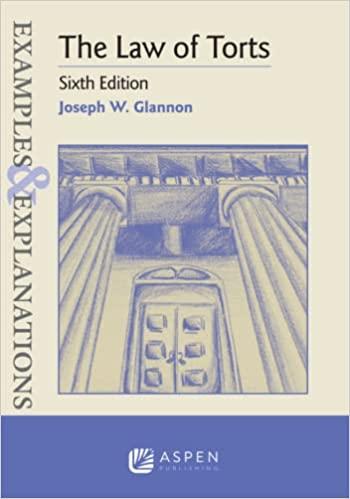Question
For full credit i have to score 100 % in this assignment 19 Rather than taking a variable-oriented approach, the study here extends Ragin's (1999)
For full credit i have to score 100 % in this assignment 19
Rather than taking a variable-oriented approach, the study here extends Ragin's (1999) perspective on studying conjunctive paths or "causal recipes" for a limited number of cases (usually n<30) to the study of such paths in a large number of cases (n>300 - or, in the study here, n>30,000). The aim here is to provide a primer in theory and practice of qualitative comparative analysis (QCA) a method that goes beyond considering the net contributions of individual variables in influencing a dependent variable. The study aims to describe alternative conjunctive paths (estimated algorithms using Boolean algebra and set theory) that associate with a given outcome. The "outcome condition" being modeled (predicted) in the study are cases (travelers) who complete more than 24 airline trips for personal reasons annually; the label "extreme" or "X" air travelers identifies these cases. Though small in share of numbers (.2%) of Americans, X air travelers are mighty in share (7%) of air-trips for personal reasons. The study finds that completing a university/college degree is a necessary, but not sufficient, simple antecedent condition that identifies X air travelers; the conjunction of completing college and very frequent vacation travel is a sufficient, but not necessary, complex antecedent condition for identifying X air travelers. The approach can be useful in estimating conjunctive conditions leading to specific actions by consumers and executives.
Question 31
Do potassium channel activators such as nicorandil have any benefit in
the treatment of a diabetic patient with cardiovascular complications?
Question 32
Is a dosage of 2.5 mg/day of methyltestosterone, as a component in
some multivitamin formulae, safe to give to diabetics or will it make the
diabetes more difficult to control (see also Chapter 5, question 5)?
Question 33
How does diabetes mellitus cause atherosclerosis?
Question 34
How does diabetes cause renal damage, especially diabetic nephropathy
with the presence of microalbuminuria?
Question 35
Type 1 diabetes causes nephropathy in 40% of cases and type 2 causes it
in 20% of cases but the most common cause of nephropathy we see is
type 2, why?
Question 36
Why is intractable vomiting seen in diabetes mellitus and how can it be
managed?
Question 37
Is gabapentin superior to carbamazepine in terms of efficacy in the
treatment of painful diabetic neuropathy? What are its side-effects?
Question 38
Why is diabetic ketoacidosis more common in type 1 diabetes?
Question 39
Why is there abdominal pain in diabetic ketoacidosis?
Question 40
Grades of ketonuria are sometimes mentioned. I have not been able to
locate a detailed description in textbooks and would be grateful if you
could exp
Step by Step Solution
There are 3 Steps involved in it
Step: 1

Get Instant Access to Expert-Tailored Solutions
See step-by-step solutions with expert insights and AI powered tools for academic success
Step: 2

Step: 3

Ace Your Homework with AI
Get the answers you need in no time with our AI-driven, step-by-step assistance
Get Started


